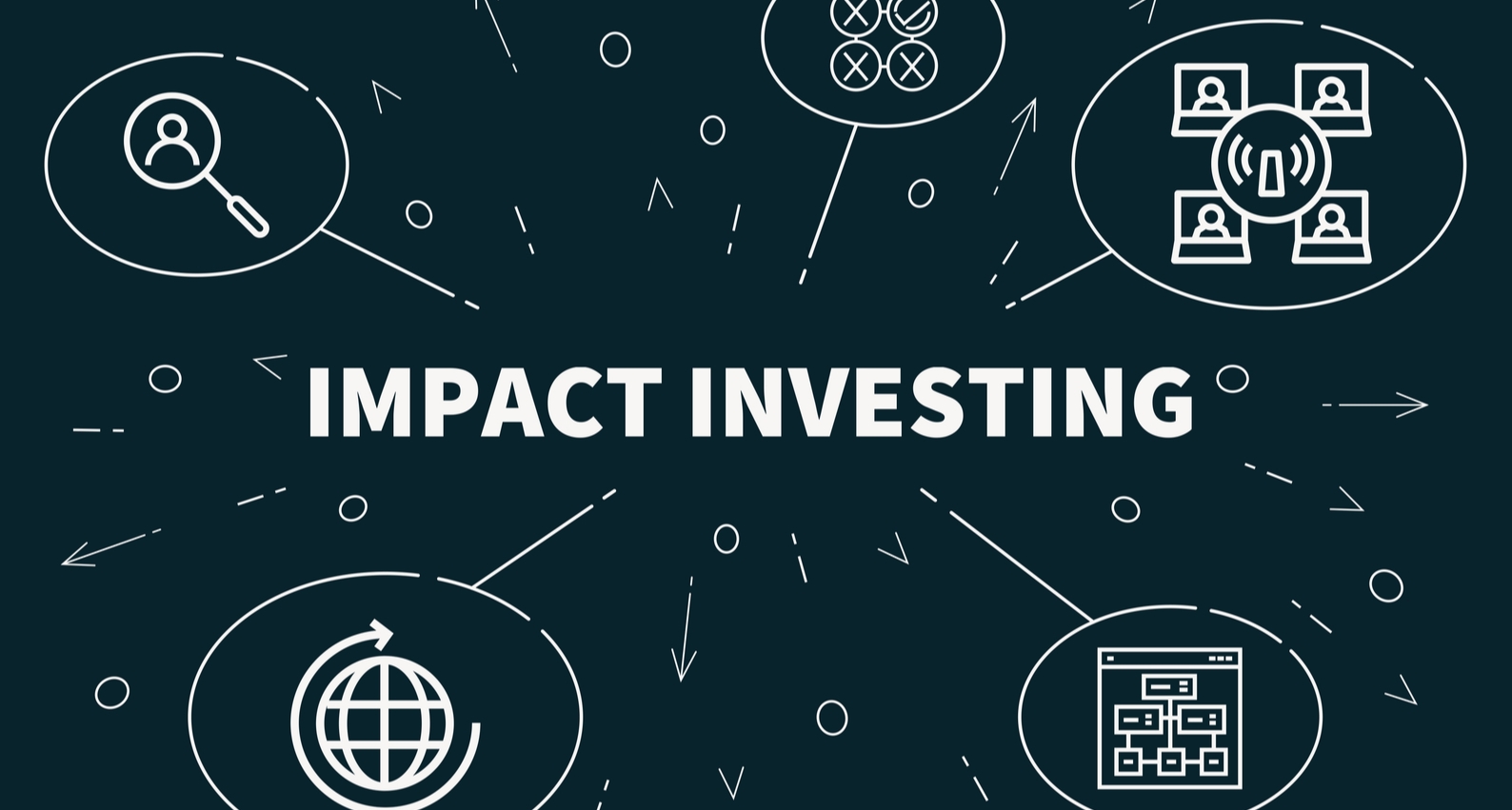Understanding Impact Investment
Published on 22 Feb, 2021

Impact investing has seen a significant rise over the past decade and the trend is likely to continue. As awareness of environmental degradation and the need for social developments increase, investors are favoring enterprises that have clearly defined social impact objectives. Despite the belief that COVID-19 might discourage investment in this space, the reality is somewhat different. Though impact investment is not a new term, it has gained more relevance in the post-pandemic world.
The rising awareness of climate change is compelling businesses to be sustainable and environment-friendly. The devastation caused by the global pandemic has also led to businesses becoming more socially responsible; as a result, impact investing is becoming more prominent.
Introduction to Impact Investment
The term "impact investing" was coined in 2008 by the Rockefeller Foundation to define how companies could use their capital differently. This concept suggests that a company should strive to generate positive social or environmental effects, in addition to financial gains, through its capital investments.
Many investors are now keen on investing in stocks or funds that are both profitable and reflective of their social values. More often, investors and corporates use terms such as socially responsible investing (SRI), environmental, social and governance investing (ESG), and impact investing interchangeably; however, these terms have inherently different meaning.
SRI involves selecting or eliminating investments based on specific ethical guidelines. ESG looks at a company's environmental, social, and governance practices, alongside more traditional financial measures. Impact investing, on the other hand, focuses on helping a business or organization complete a sustainable or social project or develop a program that benefits the society or environment. Impact investments are usually carried out through closed-end PE and VC funds. Debt funds have also gained popularity in recent times among impact investors.
According to GIIN estimates, over 1,720 organizations managed USD 715 billion in impact investing AUM as of the end of 2019. Big players such as TPG, KKR, and Bain Capital have already launched impact funds, while Goldman Sachs, US Bank, and UBS have added an impact investment platform to their asset management practices.
A negative perception surrounding impact investment is that it generates lower returns compared to market rates; however, this is not true. Largely, the range of returns in impact investment funds mirrors those in conventional funds. Generally, in traditional markets, fund performance varies across firms, implying that a fund manager’s investment selection is vital to achieve high returns. Across various asset classes and strategies, top investment funds pursuing market-rate returns perform at levels at par with their peers in traditional markets. In several instances, the average performance is also relatively similar.
In impact investing, apart from the investment’s ability to generate favorable returns, identifying a timely exit option is a key evaluating factor that affects an investor’s decision. The traditional exit-oriented approach favors high-risk, high-growth enterprises that can compromise either the social enterprise’s mission or its natural growth trajectory. Most private equity investors express a desire to identify “responsible exits” aligned to the enterprise’s social mission and are therefore favored.
During pre-investment due diligence, investors seek companies or projects that have impactful business models and whose founders have a strong commitment to making a difference. Companies with business models that focus on creating impact face few trade-offs between impact and financial objectives and are unlikely to depart from their mission. Hence, investors can exit at the right time without creating a deviation of the business model or impact washing on arrival of a new investor.
What lies ahead...
The COVID-19 pandemic is perhaps the most defining global event of this century. Its wide-reaching health and economic implications were expected to majorly alter an investor’s investment plans; instead, it has validated the plans and vision of impact funds. Most investors in a survey conducted by GIIN indicated that they are unlikely to change the amount of capital they had planned to commit to impact investments in 2020 due to the pandemic (57%). However, 20% are somewhat likely to commit less capital than they had originally planned, while 15% are likely to commit more.
A number of investors preferred injecting more fund into their current projects, especially in investments that are providing solutions to counter the effects of the pandemic. Impact investment surged in sectors such as telemedicine enterprises and online learning as well as for issuers and businesses offering solutions that prevent, test, and treat the affected patients or support recovery from the pandemic-induced economic crisis.
Given the increasing awareness of climate change, sustainable development, and responsibility to society, investors are looking to fund projects and companies that bring such a positive change. Impact investing is expected to witness exponential growth over the next decade and beyond. The philanthropic approach of giving to charities is no longer the only way to make a difference; impact investing is now considered a key driver of positive change.


